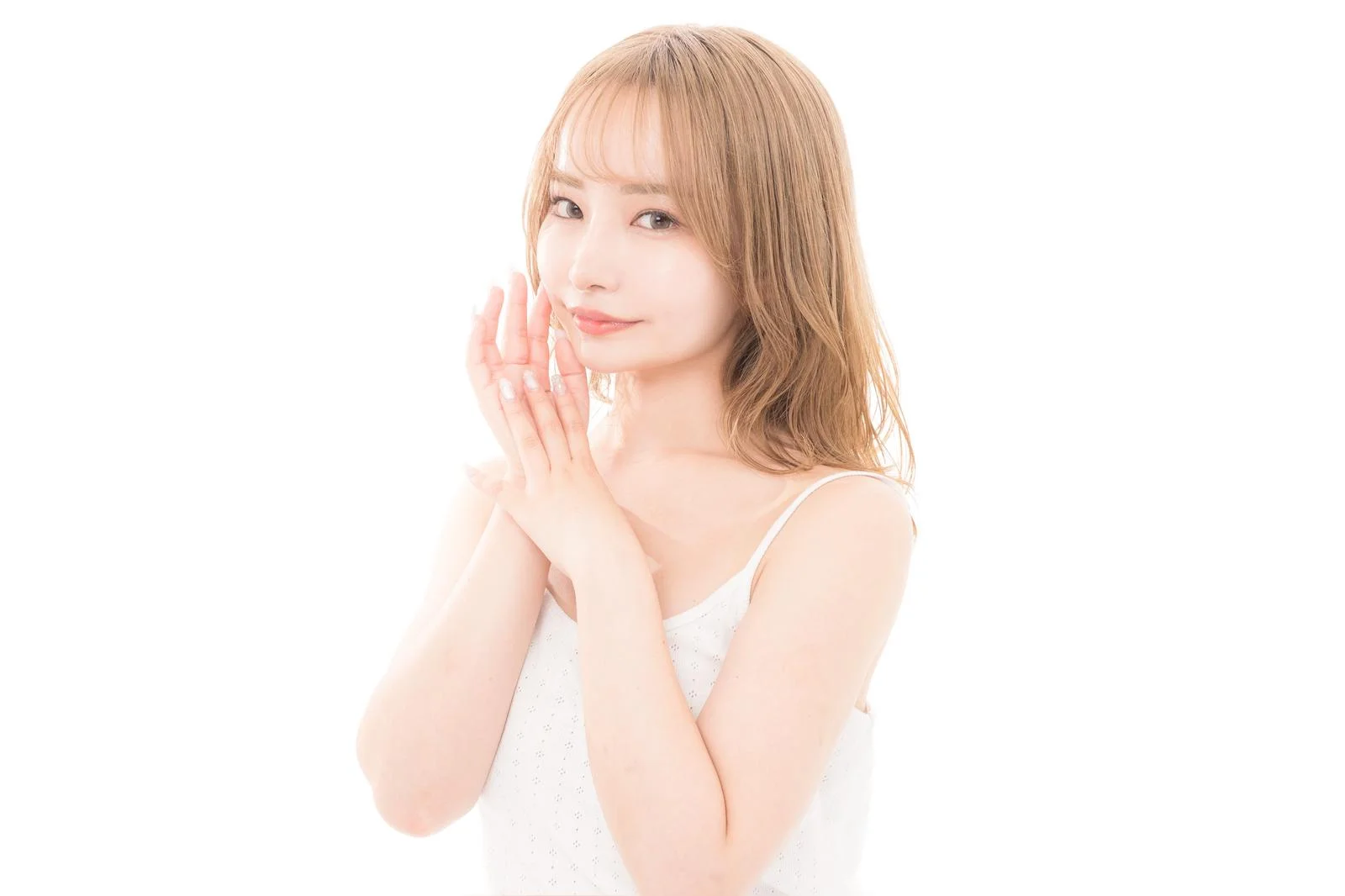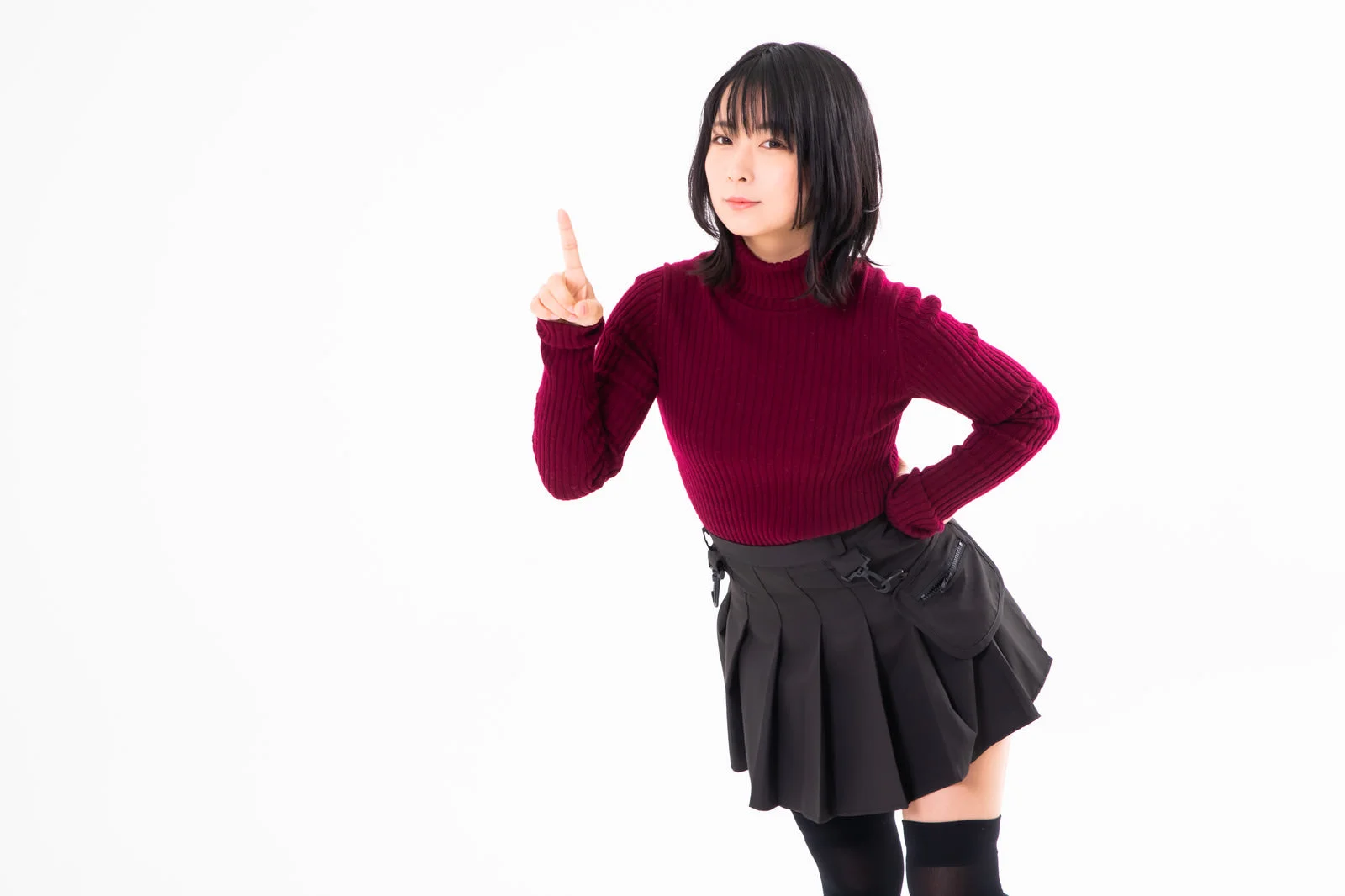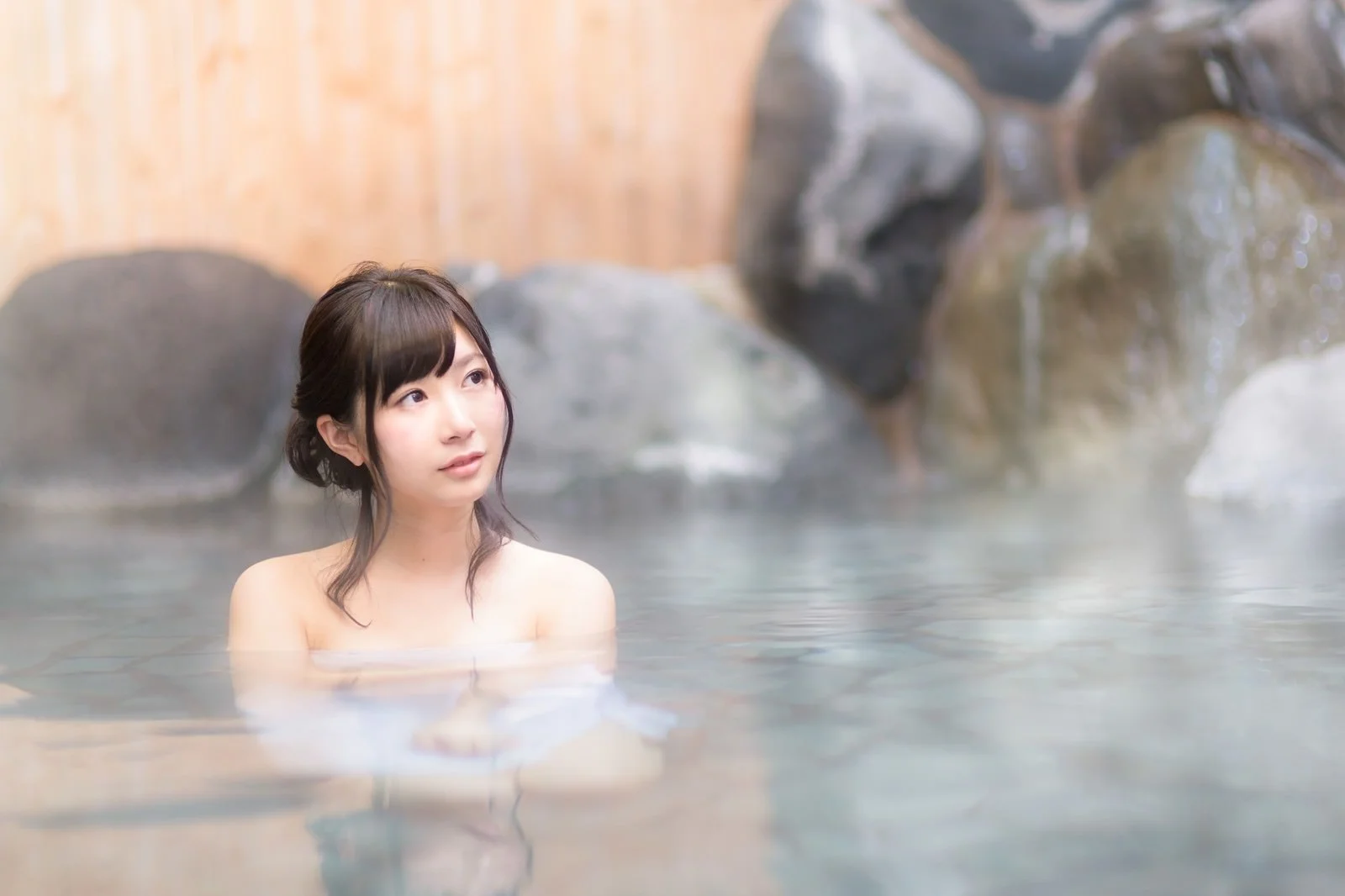Fashion Health in Japan: A Unique Aspect of Japanese Adult Entertainment
Introduction
“Fashion Health,” often shortened to simply “Health,” is a uniquely Japanese form of adult entertainment. Despite the English-sounding name, “Fashion Health” is not a phrase that native English speakers would use; it is a piece of Japanese-made English (so-called wasei-eigo). At its core, Fashion Health refers to establishments where female staff members provide sexual services to male customers in private rooms. Unlike soaplands, which are famous for their bath-based services, Fashion Health venues focus on massage-style encounters that take place in hotel-like rooms or purpose-built facilities.
For foreign visitors interested in Japan’s nightlife and adult entertainment culture, Fashion Health is an important concept to understand, because it represents one of the most common and accessible styles of commercial sex work in the country. However, there are strict regulations, cultural nuances, and unwritten rules that tourists need to know before considering a visit.
This article provides a detailed overview of Fashion Health in Japan: its history, how it works, what services are offered, typical prices, differences from other adult businesses, and important things that foreign tourists must know.
1.Historical Background of Fashion Health
Fashion Health emerged in Japan during the 1970s, a time when the government imposed restrictions on prostitution through the Prostitution Prevention Law (1956). This law made the direct exchange of money for sexual intercourse illegal, but left a gray area for “non-coital” sexual services.
Entrepreneurs quickly adapted, creating establishments that offered various forms of sexual stimulation without explicitly breaking the law. Fashion Health was one of the major innovations of this era. Unlike soaplands, which centered around bathing, Fashion Health focused on providing a hotel-room-style experience with sexual services that did not technically include intercourse (though in practice, the boundaries can vary).
Over the decades, Fashion Health has evolved into one of the most common forms of commercial sex work in Japan, with hundreds of venues operating in major entertainment districts such as Shinjuku’s Kabukicho, Tokyo’s Ikebukuro, and Osaka’s Umeda.
2.The Concept of “Fashion” in Fashion Health
The word “fashion” in Fashion Health originally referred to the costumes and outfits worn by the female staff. The idea was that men could choose women dressed in appealing, fantasy-inspired attire—such as nurses, school uniforms, office workers, or other role-play styles.
Even today, many Fashion Health venues incorporate costumes as part of the appeal. Customers can request certain “themes” or enjoy seasonal variations. In this sense, Fashion Health combines sexual services with light elements of cosplay and fantasy play, making it attractive to clients seeking more than just physical satisfaction.
3.Typical System and How It Works
Visiting a Fashion Health typically follows a structured process:
- Entrance and Reception
Customers enter the establishment, which is often located in entertainment districts or near train stations. At the front desk, the customer selects a service course (length of time) and sometimes chooses a particular woman (though in some venues, the selection is random). - Payment
Payment is made upfront. Prices vary by location, but a common range is ¥6,000–¥15,000 for 40–60 minutes, with upscale venues charging much more. - Private Room
The customer is taken to a private room resembling a small hotel or massage room. Rooms usually include a bed, shower, tissues, and sometimes erotic items or toys. - Service
The female staff provides sexual services, typically including hand stimulation, oral sex, and erotic massage. Full intercourse is technically not included in the standard service (to remain within the legal gray zone), but practices can vary by venue and individual worker. - End and Exit
After the allotted time, the session ends. Customers may be encouraged to return, and sometimes receive membership cards or discounts for repeat visits.
4.Services Typically Offered
Fashion Health is known for offering a wide variety of erotic services. Common elements include:
- Erotic massage
- Handjobs and oral sex
- Role-play scenarios (nurse, student, secretary, etc.)
- Light BDSM or fetish play (depending on the venue)
- Costume play (cosplay)
What sets Fashion Health apart from soaplands is that it usually does not involve bathing together. Instead, the focus is on roleplay, fantasy, and massage-style intimacy.
5.Prices and Time Courses
Fashion Health pricing is usually time-based. A typical menu might look like this:
- 40 minutes: ¥6,000–¥8,000
- 60 minutes: ¥10,000–¥15,000
- 90 minutes: ¥18,000–¥25,000
Luxury or themed Fashion Health venues (such as those with high-end costumes, special services, or younger/celebrity-lookalike workers) can charge ¥30,000 or more per session.
Extra charges may apply for:
- Costume changes
- Fetish options
- Longer extensions
- Choosing a specific girl
6.Legal Status
The Japanese Prostitution Prevention Law defines prostitution as “sexual intercourse in exchange for money.” Since Fashion Health services usually avoid intercourse and instead focus on other forms of sexual pleasure, they operate in a legal gray area.
However, local governments regulate adult entertainment through the “Fūzoku Eigyō Law” (Law Regulating Adult Entertainment Businesses). Fashion Health shops must operate within these regulations, which control opening hours, location zoning, and advertising.
7.Foreigners and Fashion Health: Can Tourists Enter?
This is one of the most important questions for foreign visitors. The short answer: It depends.
Many Fashion Health venues in Japan are not foreigner-friendly. Reasons include:
- Language barrier (staff and workers usually speak only Japanese)
- Identification checks (many shops require a Japanese ID or residence card)
- Cultural hesitation (fear of misunderstandings with foreign customers)
That said, some Fashion Health shops in tourist-heavy areas like Kabukicho (Tokyo) or Namba (Osaka) are more open to foreigners, especially if the customer can communicate in basic Japanese or bring a Japanese-speaking companion.
Tourists should also note that credit cards are rarely accepted—cash is the norm.
8.Culture and Social Perception
In Japanese society, Fashion Health is seen as part of the broader adult entertainment industry (fūzoku). It is not mainstream, but it is widely known and somewhat normalized. Many Japanese men visit Fashion Health as a casual indulgence, similar to going to karaoke or a hostess club.
At the same time, stigma exists. Workers often conceal their occupation, and customers generally do not speak openly about their visits.
9.Tips for Tourists Considering Fashion Health
Do research first: Look up reviews and foreigner-friendly venues.
Bring cash: Most places do not take credit cards.
Know basic Japanese: Even a few phrases can help a lot.
Understand the limits: Standard service usually excludes intercourse.
Respect the rules: Aggressive behavior, intoxication, or filming are strictly prohibited.
Conclusion
Fashion Health is a uniquely Japanese form of adult entertainment that blends sexual services with roleplay, costumes, and fantasy. While not as famous internationally as soaplands, it is one of the most common formats of commercial sex in Japan.
For foreign visitors, it offers a fascinating window into Japanese nightlife culture—but also comes with challenges such as language barriers and restrictions on entry. Understanding the system, prices, and rules can help tourists avoid misunderstandings and appreciate the cultural context of Japan’s adult entertainment industry.



